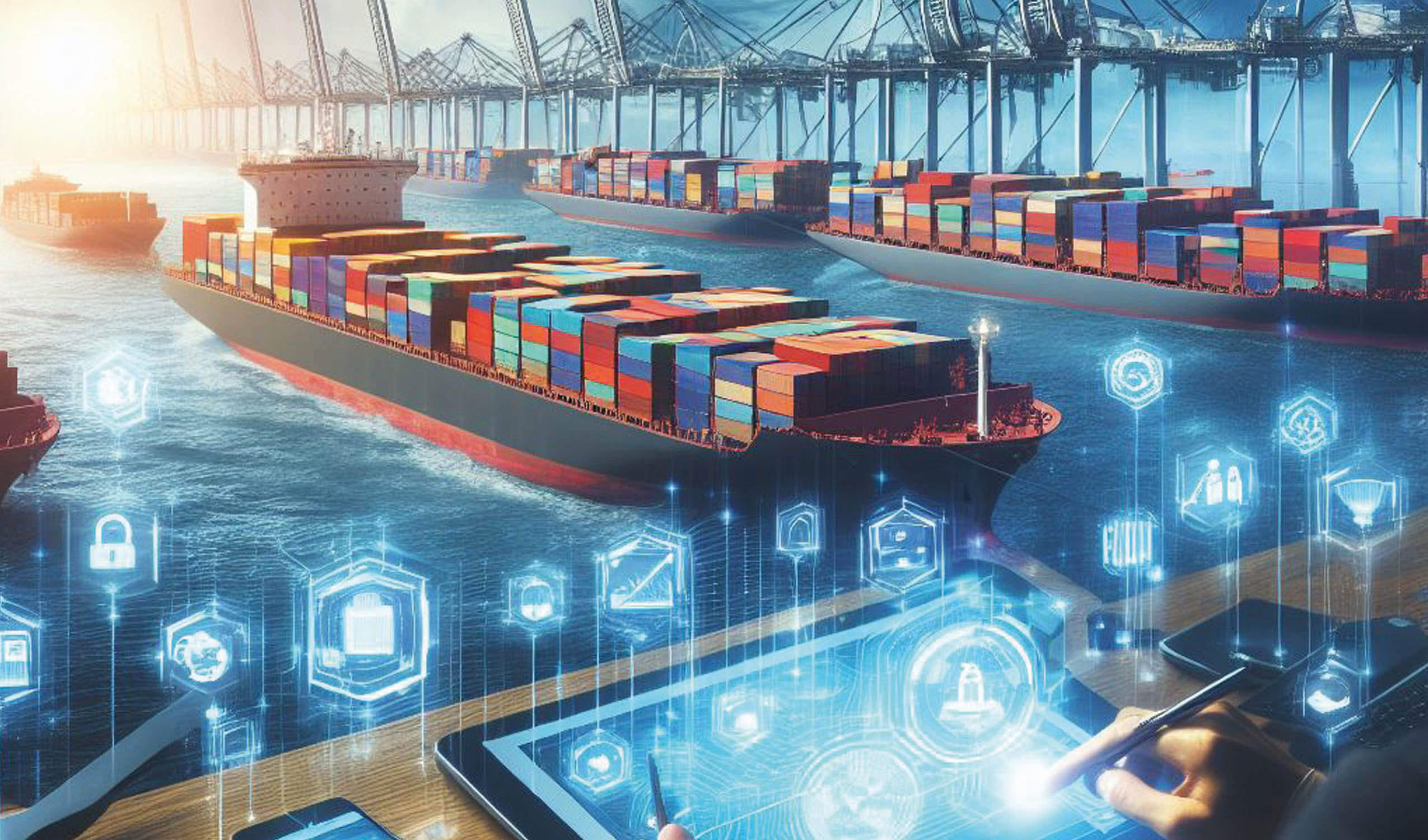The Leschaco Dangerous Goods Logistics Blog
Dangerous goods logistics is a matter of trust. Because dangerous goods logistics not only requires extensive knowledge and experience, but also a sense of responsibility for people and nature.
Advances in natural science, and chemistry in particular, have significantly raised our standard of living in recent decades. At the same time, the number of registered industrial chemicals has more than tripled in the last 20 years. Today, about 350,000 different substances are produced artificially. Scientists assume that there are around 6,000 substances among these that must be classified as dangerous goods.
With globalization, the growing international division of labor, the requirements for safe dangerous goods logistics are also increasing. With the dangerous goods logistics blog, Leschaco wants to offer a platform for the transfer of knowledge around this important topic for people and nature.
What is actually dangerous goods logistics? A definition.
By dangerous goods logistics, we mean all processes relating to the storage, packaging and transport of dangerous goods. The “Agreement concerning the International Carriage of Dangerous Goods by Road(ADR)”, for example, defines dangerous goods as gases, explosives, ammunition and fireworks, flammable, toxic, infectious, radioactive, corrosive, water and environmentally hazardous substances.
Special technologies and equipment are required to ensure the consistent safety of these processes, such as fire protection systems, extinguishing devices, fireproof partitions and chemical-resistant and particularly impact-resistant containers. But it is also about complex knowledge about the combination of dangerous substances, i.e. the knowledge of which dangerous substances must not come into contact with which substances under any circumstances: What is allowed to be stored and transported together with what at all? How must containers that have come into contact with specific dangerous goods be cleaned?
Dangerous goods logistics requires extensive specialized knowledge and careful and sustainable documentation of all processes so that risks can be minimized and, in the event of an accident, damage can be limited as far as possible. An essential part of this documentation is the conscientious marking of the dangerous goods before transport, i.e. the correct labeling and assignment to the appropriate dangerous goods class. Correct labeling is essential for safe loading, correct transport and a situation-appropriate procedure in the event of damage.
The latest posts on the dangerous goods logistics blog

Hazardous substances in everyday life
Very few families have a supply chain expert. Many people forget that small quantities of dangerous goods are an essential part of our everyday lives and must be handled and transported with care. This is because even small quantities can cause injuries or burns, trigger fires and explosions and pollute the environment if handled improperly or if damaged. Therefore, always remember that hazardous goods are everywhere in our daily lives and must be handled with special care. Hidden components can cause injuries if used improperly or if unprofessional repair attempts are made.

Challenges and opportunities of digitalization in dangerous goods logistics
Agile, flexible, technically adept – that’s Logward GmbH & Co. KG, a company of the Leschaco Group. Founded in 2018, the technology company combines many years of industry experience in logistics with IT expertise in a supply chain orchestration control tower. As a highly scalable industry platform, Logward combines functionalities from transport, procurement and purchasing for all transport modalities in an easy-to-configure no-code platform. With various application packages, Logward covers the entire life cycle of the logistics supply chain: from procure-to-pay to order-to-cash. Jonas Krumland has been CEO of the company since it was founded. In a guest article for the dangerous goods logistics blog, he explains the idea and vision behind Logward.

Dangerous goods logistics is a question of trust
A few days ago, I met with Oliver Oestreich, COO of the Leschaco Group, to discuss current challenges in dangerous goods logistics. The first part was about developments in specialty chemicals, globalization, logistics software and important certificates for logisticians. The second part is all about knowledge management, battery logistics and the future market of waste logistics.

Dangerous goods logistics is a question of competence and trust
Oliver Oestreich has been a member of the Leschaco Group’s management team since 2003. As Chief Operating Officer (COO), he is responsible for the global sea freight forwarding business, sales in the chemical and automotive sectors and for quality management, environment, compliance and safety. He knows the challenges of dangerous goods logistics, their development over the past twenty years, but also the current trends like few others in the international logistics industry. In April 2024, he will retire after a long career. He has already been preparing his successor Nils Fahrenholz for his new tasks for several months. For the dangerous goods logistics blog, Oliver Oestreich took the time to talk to Michael Kausch in detail about the current challenges in dangerous goods logistics and the most important markets.

Lithium batteries – An IATA white paper on the transportation of dangerous goods by air
Lithium batteries are dangerous goods. We have known this since the catastrophe of the transport ship “Felicity Age“, which sank in the waters of the North Atlantic off the Azores in spring 2022 after a major fire, presumably after a lithium-ion battery in the cargo caught fire. Shipping accidents involving lithium batteries almost regularly fill the leading media and the books of insurance companies. But of course aviation logistics is also concerned with the risks posed by batteries. The International Air Transport Association (IATA) has now published a white paper with the attractive title “Make Lithium Batteries safe to ship”. The paper deals with incidents involving lithium batteries and ways to make battery logistics in air transportation safer. We have taken a look at this document for the readers of Leschaco’s dangerous goods blog.
This is where the editorial team of the Leschaco dangerous goods logistics blog blogs about the latest news and background information on dangerous goods logistics. The contributions do not reflect the opinion of Leschaco in every case, but always the position of the respective authors. Members of the editorial team come from trade media, agencies, friendly companies or directly from Leschaco. You can reach us by email . We are looking forward to your suggestions and questions.

